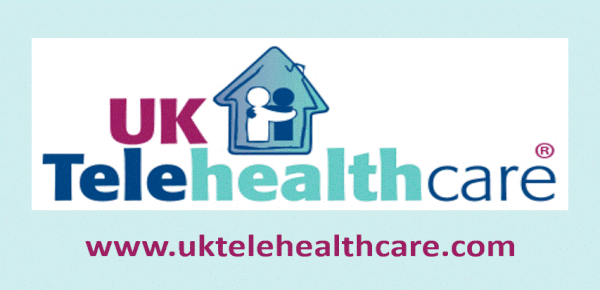The Department of Veterans Affairs (VA) has been both one of the largest US users of telehealth in various forms–and widely criticized for practices including veteran patient wait lists for care, a lack of accountability, a scheduling system full of problems, an ancient EHR (VistA), and an inability to meet interoperability and modernization goals set over years. Telehealth is, in fact, one of VA’s bright spots with store-and-forward imaging, clinical video telemedicine and home telehealth.
At the American Telemedicine Association ATA 2016 meeting Monday, Under Secretary for Health and VA Chief Executive Dr. David Shulkin noted that the crisis has pushed VA into other options for achieving the goals set for the end of year: every VA medical center provides same day primary care services and same day mental health services. One area of focus is telemental health. Dr Shulkin announced in his plenary speech the opening of five new Mental Health Telehealth Clinical Resource Centers this summer, located in Charleston, Salt Lake City, Pittsburgh, and a consortium of facilities in Boise, Seattle, and Portland, Oregon. West Haven, Connecticut is already open as a specialty hub focused on the most severe and complex mental health issues, such as chronic depression and bipolar disorder. Other VA telemedicine initiatives include kiosks and text messaging to help with medication adherence and chronic condition management. (We’ve reported on their partnering with nhssimple to develop ANNIE, a sister of NHS’ Flo in text messaging to encourage patients in their health monitoring, TTA 2 Dec 15.)
VA delivered 2.1 million episodes of telehealth care last year (FY 2015), in 45 specialty areas of care, including 400,000 telemental health visits. They also reduced bed days by 56 percent, reduced readmissions by 32 percent, and decreased total psychiatric admissions by 35 percent, maintaining high user satisfaction scores at 89 percent.
Dr Shulkin also noted that four generations of veterans are served by VA–WWII, Korea, Vietnam and Desert Shield through current Iraq/Afghanistan–and all four have different delivery requirements. He closed with what is, for VA which has been very proud of their ‘home grown’ solutions from the time of Dr Adam Darkins in the early 2000s on, something unusual: “We’re looking to learn, we’re looking to work with all of you who are innovating to help take better care of veterans.” (Next on tap: the award of the next five-year round of home telehealth providers, which is presently down to two Grizzled Pioneers, Medtronic (Cardiocom) and Viterion.) Mobihealthnews, VA press release







Veteran’s Access Crisis
Spend more time asking Veterans how they think they are treated and less time listening to politicians ranting and you wonder where the “Crisis” is.
We veterans just keep coming back, being swell served and happy.
We should also remember that it was back in 2003 when the VA did the first study of the telehealth,.
positive effect of